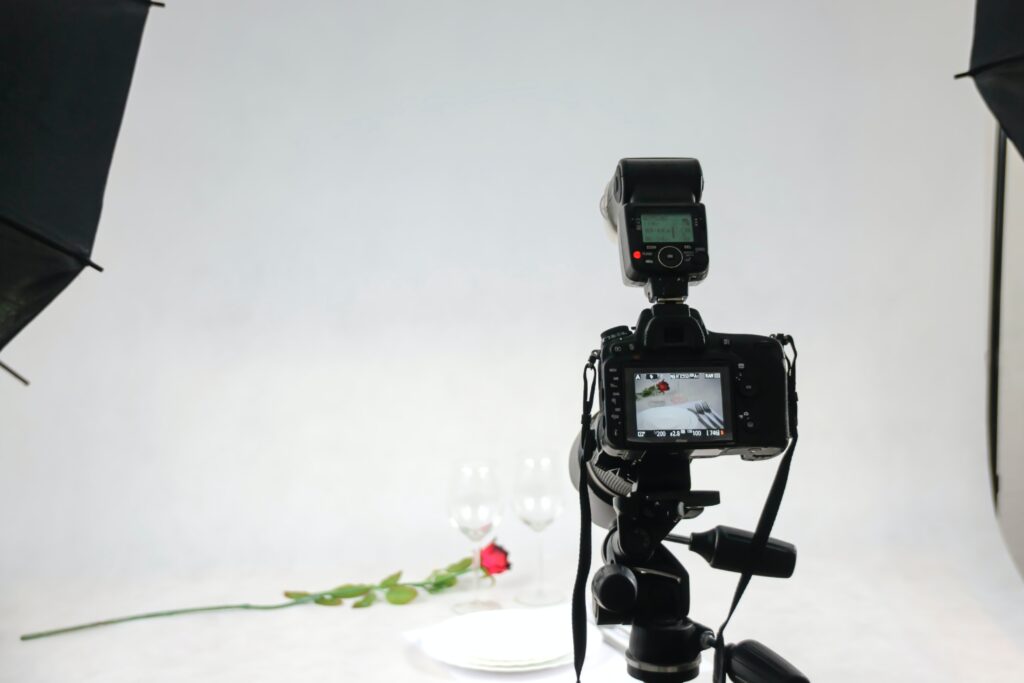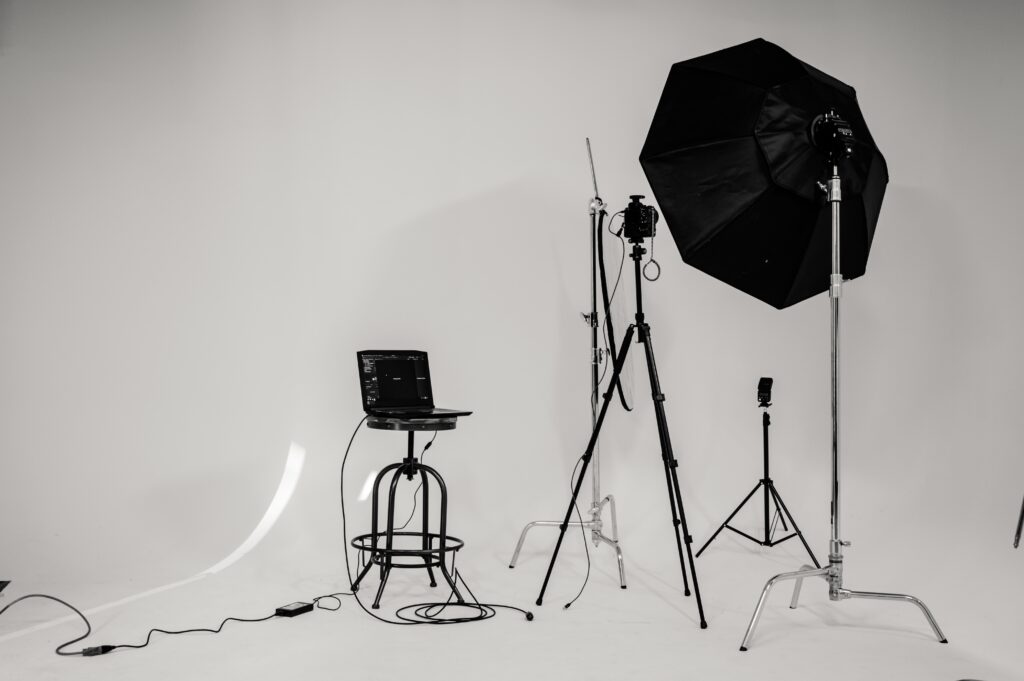
Top 5 portrait photography
Top 5 portrait photography follow these steps:-
Color grading is a critical aspect of portrait photography that can elevate an ordinary portrait into a stunning work of art. It involves adjusting the colors in an image to create a desired mood, atmosphere, or style. In this article, we are going investigate the Beat 5 color evaluating strategies that can offer assistance picture takers to upgrade their representation photography and make outwardly engaging pictures.
Understanding the Basics of Color Grading
Sometime recently jumping into the particular color reviewing methods, it’s fundamental to get the essentials of color hypothesis and how it relates to representation photography. The color hypothesis is pondering how colors are connected and how they can inspire feelings and pass on messages. In representation photography, color evaluation permits picture takers to control colors to upgrade the disposition, tone, and generally tasteful of a picture.
Top 5 portrait photography
Technique 1: Contrast Adjustment
Differentiating is the contrast between the darkest and lightest parts of a picture. Adjusting contrast can significantly impact the mood and style of a portrait. Tall differentiation can make a striking and emotional see, whereas moo differentiation can result in a gentler and more sentimental feel.
To adjust contrast in color grading, photographers can use various tools, such as curves or levels adjustments, in post-processing software like Adobe Photoshop or Lightroom. By manipulating the curve or levels, photographers can control the brightness and darkness of different tonal areas in the image, effectively enhancing the contrast.
When using contrast adjustments, it’s important to be mindful of the overall mood and style of the portrait. For example, high contrast may work well for a fashion or edgy portrait, while low contrast may be suitable for a dreamy or vintage-inspired look.
Top 5 portrait photography

Technique 2: White Balance Adjustment
White adjustment alludes to the color temperature of a picture, which influences how warm or cool the colors appear. Accurate white balance is crucial in portrait photography to ensure that the skin tones look natural and lifelike.
White balance can be adjusted in post-processing
software using tools such as the temperature and tint sliders in Adobe Lightroom or the white balance adjustment tool in Photoshop. Photographers can choose from preset white balance settings or manually adjust the sliders to achieve the desired color temperature.
Correcting white balance can make a significant difference in the final result of a portrait. For case, a hotter white adjust can make a cozy and hint feel, whereas a cooler white adjust can donate a more peaceful and cool-toned see. Experimenting with different white balance settings can help photographers achieve the desired mood and tone in their portraits.
Top 5 portrait photography
Technique 3: Split Toning
Split toning is a creative color grading technique that involves adding different colors to the highlights and shadows of an image. This can create a unique and artistic look in portraits, adding depth and character to the overall image.
To use split toning in color grading, photographers can use the split toning tools available in post-processing software. They can select the required colors for the highlights and shadows and alter the escalation of the impact. For example, adding warm tones to the highlights and cool tones to the shadows can create a pleasing and balanced split-toning effect.
Split toning can be used creatively to enhance the mood and style of a portrait. For instance, adding warm tones to the highlights and shadows can create a vintage or nostalgic look, while using cool tones can give a futuristic or modern feel. It’s important to experiment with different color combinations and intensities to find the right split-toning effect that complements the portrait.
Top 5 portrait photography
Technique 4: HSL Adjustments
Hue, Saturation, and Luminance (HSL) adjustments are powerful tools in color grading that allow photographers to fine-tune the colors in an image. HSL adjustments give photographers control over the hue, saturation, and brightness of specific colors, allowing for precise color corrections and creative color grading.
In the post-processing program, picture takers can utilize the HSL alterations board to specifically alter the tint, immersion, and luminance of distinctive colors within the picture.
For example, they can change the tone of the greens to realize a more dynamic or quiet see in foliage, alter the immersion of the blues to create the sky more serious or unobtrusive, or adjust the luminance of the yellows to brighten or obscure the skin tones.
HSL adjustments can achieve natural-looking color corrections or creative color grading effects. For instance, desaturating the greens can create a moody or vintage look, increasing the saturation of the reds can make the lips pop in a portrait, or brightening the luminance of the oranges can give a warm and glowing effect to the skin tones. Experimenting with different HSL adjustments can help photographers achieve the desired color balance and style in their portraits.
Technique 5: Creative Color Grading
Apart from the basic color grading techniques, there are endless creative possibilities for color grading in portrait photography. Photographers can experiment with unconventional color grading techniques to create unique and artistic portraits that stand out.
Some creative color grading techniques include using color overlays, applying gradient maps, using selective color adjustments, or even manually painting colors onto specific image areas. These techniques allow photographers to add their artistic touch to the portraits, create a specific mood or atmosphere, or convey emotions through colors.
It’s important to remember that creative color grading should be used intentionally and in harmony with the overall style and message of the portrait. Testing with distinctive inventive color evaluating procedures can offer assistance picture takers to create their possess interesting fashion and make captivating representations that take off an enduring impression on the watcher.
Top 5 portrait photography
Conclusion
Color evaluation could be a capable apparatus in representation photography that can essentially improve the disposition, fashion, and by and large taste of a picture. Understanding the basics of color theory and experimenting with different color grading techniques can help photographers elevate their portraits to a
new level. From basic adjustments like exposure and white balance to more advanced techniques like split toning, HSL adjustments, and creative color grading, photographers have many options to explore and experiment with.
Using color grading effectively, photographers can add depth, character, and emotional impact to their portraits. It’s important to remember to use color grading intentionally and in harmony with the overall style and message of the portrait. Experimenting with different techniques and finding a unique color grading style can help photographers create visually stunning and captivating portraits that truly stand out.

Question and Answer Documents
Q: How can color grading enhance portrait photography?
A: Color grading can enhance portrait photography by adjusting the colors in an image to achieve a specific mood, tone, and aesthetic. It licenses picture takers to incorporate significance, character, and excited influence in their representations, making ostensibly astonishing and captivating pictures.
Q: What are a few essential colors reviewing methods for representation photography?
A: A few fundamental color reviewing procedures for representation photography incorporate altering the introduction, white adjustment, and differentiation. These alterations can offer assistance picture takers to rectify the color’s awkward nature, progress the general tonal adjustment, and make a more outwardly satisfying result.
Q: Are there any advanced color grading techniques for portrait photography?
A: There are advanced color grading techniques for portrait photography, such as split toning, HSL adjustments, and creative color grading. These techniques enable photographers to adjust colors, add creative effects, and create unique and innovative photographs.
Q: Is it essential to take the representation’s overall style and message into account when performing color grading?
A: When using color reviewing, it is important to take the overall style and message of the representation into account.
To create a unified and visually appealing outcome, color reviewing should be used purposefully and by the temperament, tone, and fashion of the depiction.
Q: How can I develop my unique color-evaluating style for representational photography?
A: To develop your color-evaluating style for representational photography, experiment with several ways and determine which ones resonate with your artistic goals. Practice, try new things, and continually refine your approach to create a distinct and personal style.
In conclusion, color reviewing could be an effective apparatus in representation photography that can hoist the disposition, fashion, and general stylish of a picture. By understanding the basics of color theory and experimenting with different color grading techniques, photographers can create visually stunning and captivating portraits that truly stand out. Remember to use color grading intentionally, consider the overall style and message of the portrait, and develop your unique style to create outstanding portraits.
Top 5 portrait photography
READ ALSO:-Best filters for landscape photography in Lightroom




